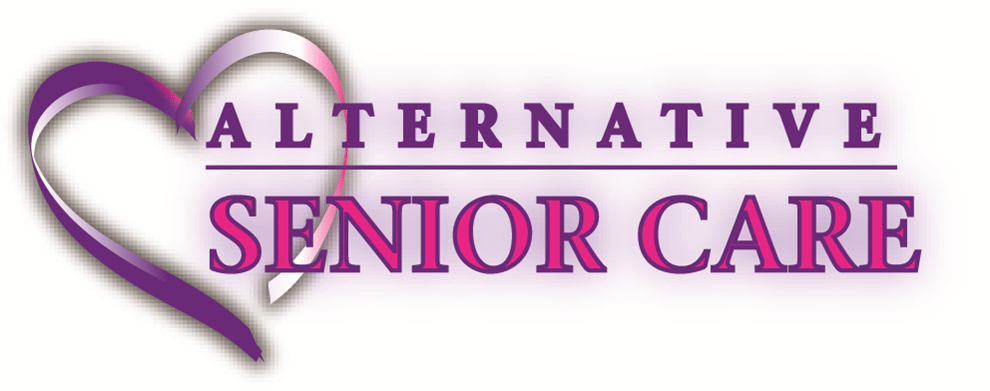Causes of Falls In The Elderly
Learn about the internal and external causes of falls in the elderly and how to determine if you are at risk.
Cindy Karasch:
Did you know that one out of three people over the age of 65 will have a fall this year and that 40% of nursing home admissions result from a fall? Hi. My name is Cindy Karasch and I’m the owner of Alternative Senior Care, a home care company serving central Minnesota for the last 15 years. We have always been committed to helping people age in place safely.
Cindy Karasch:
I want to welcome you to our first of a four-part series on preventing falls in the elderly. In this first video I’m going to cover the causes of the falls in the elderly population. Then in the following three videos we’re going to talk about what you can do to prevent a fall in yourself or a loved one.
Cindy Karasch:
If falls is the leading cause of accidental death in people over age 65, then let’s discuss what causes these falls. We have two main categories of why we fall. They are internal factors and external factors. Internal factors will be like our physical health and external factors will be our home and our environment.
Cindy Karasch:
Let’s talk about some internal factors first. Some of the physical risk factors for falls are arthritis, obesity, high blood pressure, diabetes, peripheral neuropathy and Parkinson’s disease. Other internal risk factors include muscle weakness, poor balance, poor vision, taking multiple medications, and also the fear of falling. Yeah, the fear of falling is a high indicator that you may have a serious fall.
Cindy Karasch:
Now let’s examine some of the external factors for falls. Since 55% of all falls occur at home, let’s take a look at your home first. Some things to look at are is there clutter in your walkways? Do you have loose carpets or throw rugs? Do you have good lighting in your home? If you use safety equipment in your bathroom. What are the condition of your steps in your home? Are your chairs solid and stable? Another thing you may want to consider is how do your shoes fit, and are you using that cane or walker that may have been recommended by your doctor?
Cindy Karasch:
If you or a loved one are at risk for falling what does that mean? The consequences of falling are not good. Some people think that they’re tough and strong and the fall is no big deal. They’ll just get up again. But it isn’t that easy. Statistics tell us that falls in the elderly lead to the loss of independence, head and brain injuries, disability, the fear of falling again, nursing home placement and even death. So even if you survive a fall or two, eventually those falls will bring you to a place you may not want to be, in a nursing home or dead.
Cindy Karasch:
How do you know if you or a loved one is at risk for falls? What you can do is click on this link and go to the link above and it will take you to a 12 question survey to find out your risk level for falls. Then stay tuned for our next videos in our fall prevention series, where we’re going to go more into depth on how to prevent falls. Thank you and be safe.
- Stroke Prevention and Warning Signs - April 17, 2024
- If You’re Starting to Plan Your Next Vacation, but Caring for an Aging Parent Is Complicating Things, Senior Home Care Is the Solution - April 3, 2024
- In-Home Care Essentials: What Families Need to Know for Compassionate Elderly Care - March 20, 2024

